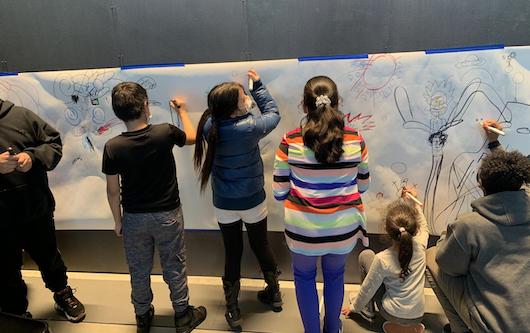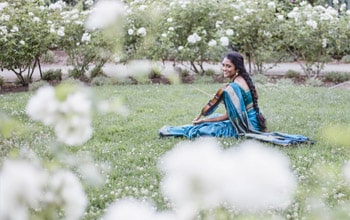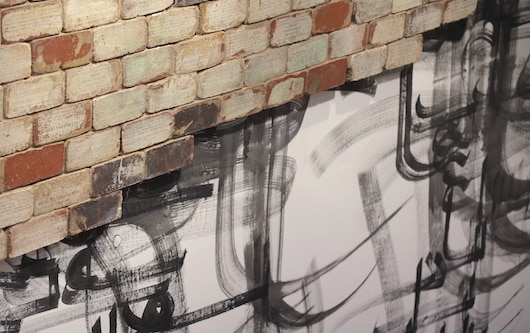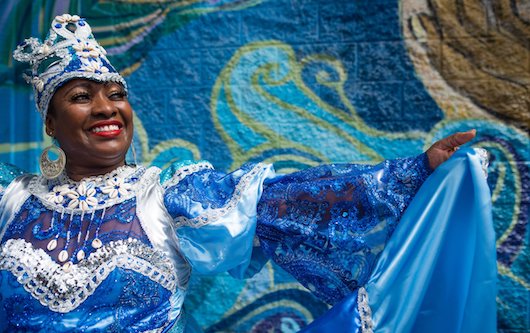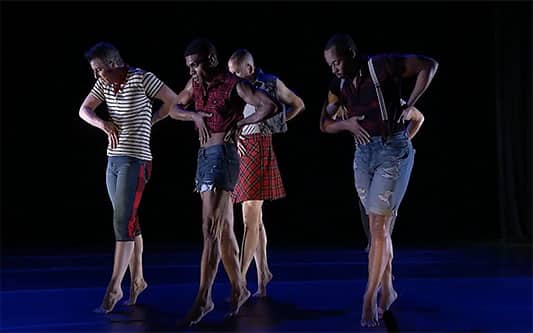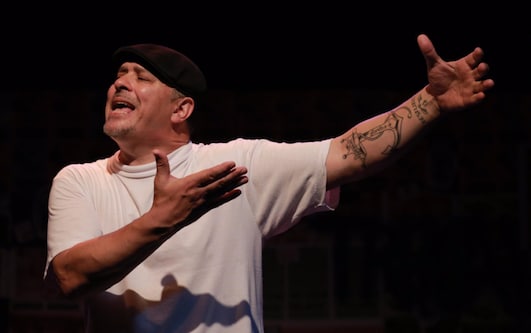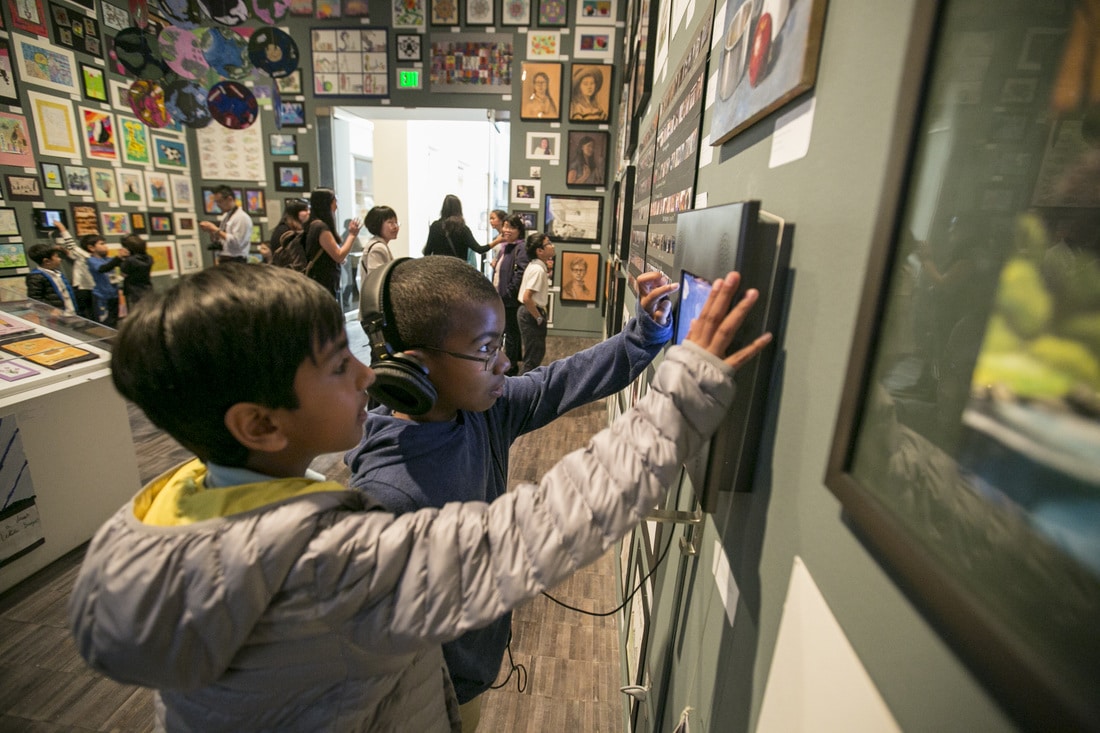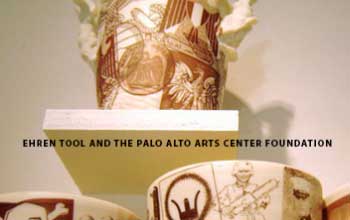The Success of Arts Learning Pods
In the pandemic-mad spring of 2020, many students struggled academically and…
2021 Creative Work Fund Grants
It gives us great joy to announce the 2021 round of Creative Work Fund grants.…
Championing Art & Artists in October
October is more than the month when we stir cinnamon, ginger, and cloves into…
Joining Forces: Advice from Grantees Following Successful Mergers
My father was an aerospace engineer. He invented a piece of hardware for Apollo…
W&EHF Arts Grantees Honored
Each year, Bay Area dance critics and dance community leaders honor local…
Announcing the 2018 Creative Work Fund Grants
On September 1, 1994, I walked into the Walter & Elise Haas Fund’s offices…
Creative Work Fund Grants Reflect Diversity and Community Change
The Creative Work Fund (CWF) is awarding 15 new grants, totaling $600,000, to…
CWF Now Accepting Letters of Inquiry for Projects Featuring Literary and Traditional Artists
The Creative Work Fund (CWF) is now inviting letters of inquiry from literary…


